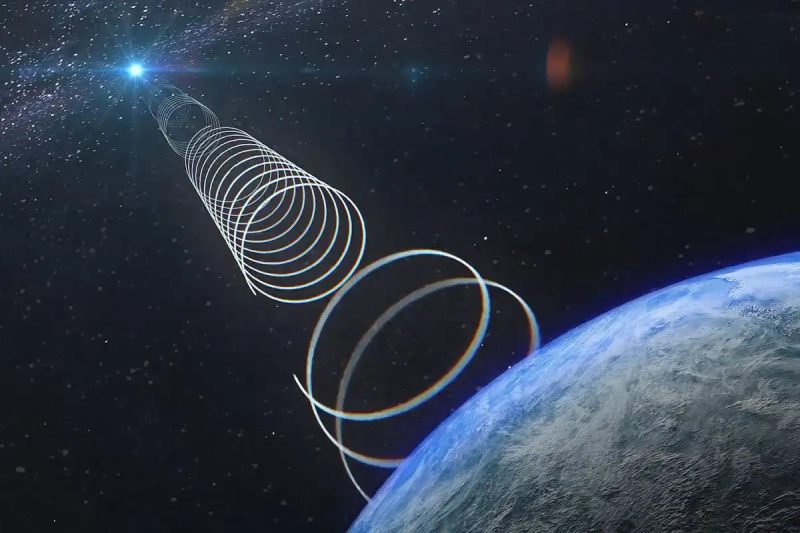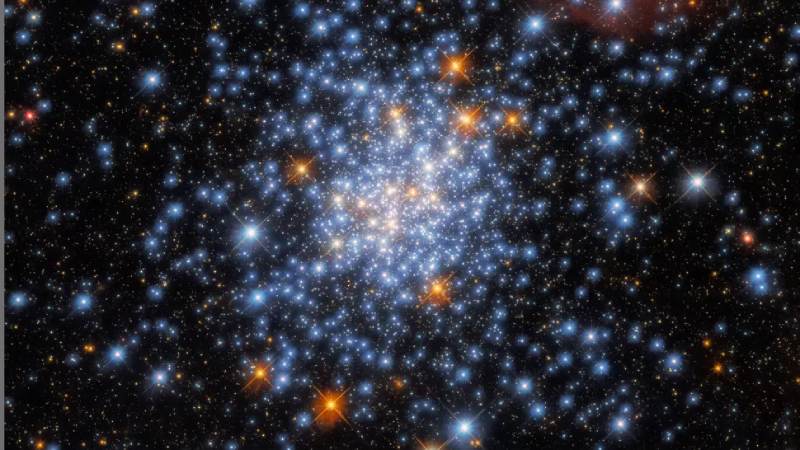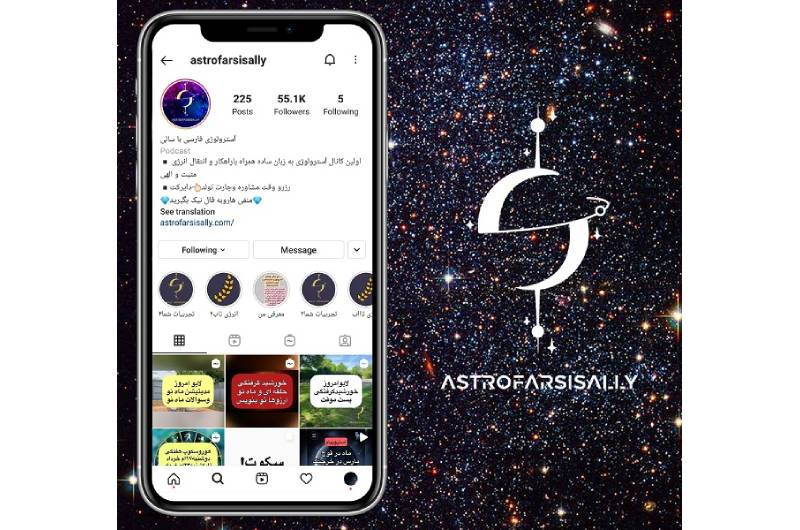Science
The Strongest Rapid Radio Burst Ever Identified Is Traced to an Unexpected Place

Rapid bursts of strong and enigmatic radio waves from outer space are known as fast radio bursts, or FRBs.
Researchers now have some understanding of the range of settings that might produce such unusual light emissions after they were able to locate the source of the most potent and farthest-traveling FRB ever to reach Earth: a close-knit cluster of seven galaxies.
Dubbed FRB 20220610A, new Hubble Space Telescope photos and analysis by an international team of researchers suggest the burst originates from somewhere within the cluster, and their interactions may have contributed to its formation.
As a result of this specific transmission’s refusal to conform to some of the most widely held beliefs about how the universe functions, physicists are now taking into consideration the potential circumstances in which FRBs could emerge.
“Without the Hubble’s imaging, it would still remain a mystery as to whether this FRB originated from one monolithic galaxy or from some type of interacting system,” says astronomer Alexa Gordon, from Northwestern University.
“It’s these types of environments – these weird ones – that drive us toward a better understanding of the mystery of FRBs.”
The Universe is currently approximately 13.8 billion years old; the signal from FRB 20220610A originates from a time when the Universe was just 5 billion years old, to give you an indication of the distance this FRB has traveled.
Early observations of the amorphous blob at the start of the FRB led scientists to believe that many galaxies might be involved. Still, a count of seven was unexpected. These galaxies are also densely clustered; in fact, they might all fit inside the Milky Way.
The fact that these galaxies are so close to one another suggests that they probably interact in some way. This could explain some of the FRB’s intensity if stars are forming quickly after one another.
“There are some signs that the group members are interacting,” says astrophysicist Wen-fai Fong, from Northwestern University. “In other words, they could be trading materials or possibly on a path to merging.”
“These groups of galaxies, called compact groups, are incredibly rare environments in the Universe and are the densest galaxy-scale structures we know of.”
Scientists are still surprised and fascinated by FRBs because of their shifting signals and unanswered concerns regarding their origin. As of right moment, the most plausible theory is that they originate from a celestial object such as a black hole or neutron star.
“With a larger sample of distant FRBs, we can begin to study the evolution of FRBs and their host properties by connecting them to more nearby ones and perhaps even start to identify more strange populations,” Dong says.
-

 Sports4 weeks ago
Sports4 weeks agoFIFA Club World Cup 2025: Complete List of Qualified Teams and Groups
-

 Sports3 weeks ago
Sports3 weeks agoAl Ahly vs Inter Miami, 2025 FIFA Club World Cup – Preview, Prediction, Predicted Lineups and How to Watch
-
Health2 weeks ago
Back to Roots: Ayurveda Offers Natural Cure for Common Hair Woes
-

 Tech2 weeks ago
Tech2 weeks agoFrom Soil to Silicon: The Rise of Agriculture AI and Drone Innovations in 2025
-

 Sports4 weeks ago
Sports4 weeks agoFIVB Men’s Volleyball Nations League 2025: Full Schedule, Fixtures, Format, Teams, Pools and How to Watch
-

 Startup3 weeks ago
Startup3 weeks agoHow Instagram Is Driving Global Social Media Marketing Trends
-

 Sports3 weeks ago
Sports3 weeks agoWorld Judo Championships 2025: Full Schedule, Date, Time, Key Athletes and How to Watch
-

 Sports2 weeks ago
Sports2 weeks agoFIBA 3×3 World Cup 2025: Full Schedule, Preview, and How to Watch






















